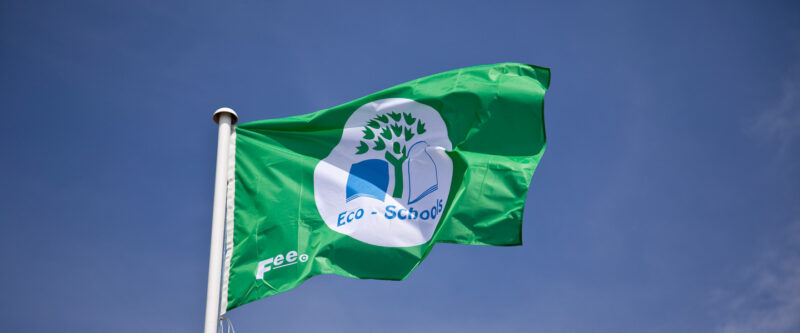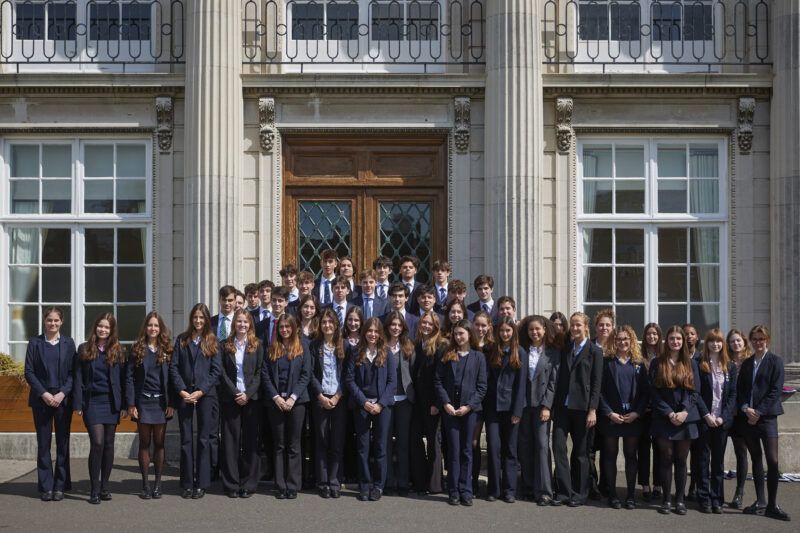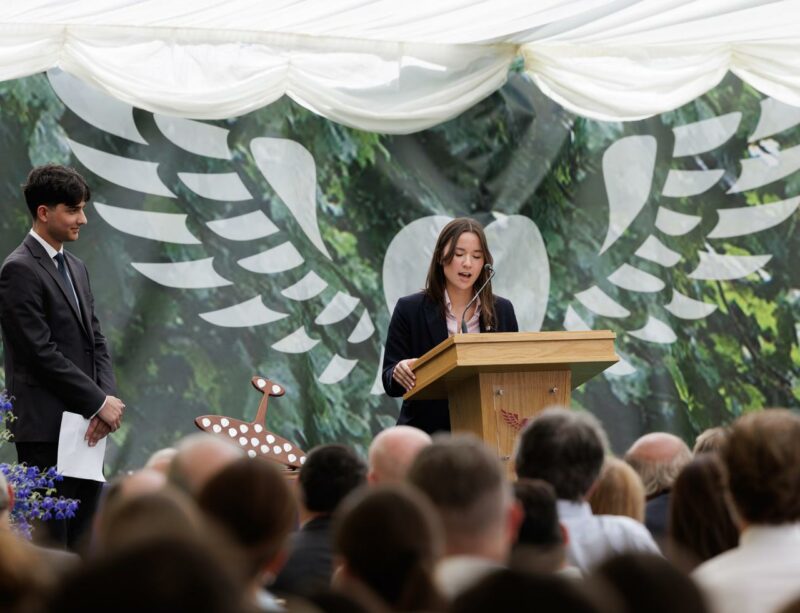This website uses cookies so that we can provide you with the best user experience possible. Cookie information is stored in your browser and performs functions such as recognising you when you return to our website and helping our team to understand which sections of the website you find most interesting and useful.
GCSE Geography trip to Iceland
-860x650-c-default.jpg)
In October half term, 54 GCSE Geographers and seven staff travelled to Iceland for a six day enrichment and sightseeing trip, writes Mr George Seccombe, Head of Geography.
The youngest inhabited island in the world at only 24 million years old, Iceland is the size of Ireland but has a population of only 329,000 – but that doesn’t mean there isn’t much to offer.
With no volcanic eruptions to worry about we landed at Keflavik Airport and were immediately greeted with icy Arctic winds as we headed into the heart of the capital Reykjavik.
After arriving and settling into our rooms for the night, we all headed down the road to the local swimming pool. Being in an outdoor swimming pool at night and on the edge of the Arctic Circle may not seem appealing, but with the water heated by the earth’s natural heat from below, there was nothing to worry about.
We only stayed in Reykjavik for the night and early the next morning we began our journey south east along the country’s only major road (the N1 – very creative!) towards the town of Vik. On route we visited before a hike on the Solheimajokull glacier.
This involved putting crampons on our boots and picking up ice picks and helmets. While the glacier was huge in size, it was incredible to think that it was retreating by an average of 100m a year as a result of global warming.
En route to Vik we headed to the black beaches (as a result of eroded basalt rock) where strong waves and subsequent coastal landforms backed up what the Fifths had recently covered in the classroom. From here we made our way to the hotels where we would be staying for the next two nights. Both very remote, they were at least warm and we were treated to some traditional Icelandic hospitality.
The next day saw us continue to head east through numerous lava fields and huge rivers created by significant snow melt until we reached the world famous glacial lagoon. This incredible landscape sees chunks of ice break off the glacier before calmly floating (and slowly melting) out to sea.
Our guide, Jacob, described the next day as ‘the day of water’. It rained for much of the day, but we were at least able to explore some incredible waterfalls such as those at Seljalandsfoss (pause) and then Skogafoss (pause). On the way back to Reykjavik, we visited the Hellisheidi Geothermal Power station. This power station harnesses the heat of the earth to produce all of the electricity and hot water needed for the whole of the city. Water is pumped down into the bed rock where high temperatures turn the water to steam which them rises to the surface.
Our final full day saw us complete the famous ‘Golden Circle’ which includes the most popular tourist spots in the country. Starting with a trip to Þingvellir National Park, the Nordic Parliament site on the Mid Atlantic Ridge we went under group to follow a 450m long abandoned lave tube – not for the claustrophobic!
Next up were the world famous Geysirs where we were treated to regular eruptions of water up to 30 metres high.
Our final stop on the Golden Circle was the enormously powerful Gullfoss (The ‘Golden Waterfall’). The day finished with a trip to the secret lagoon (our guide refused to say where it was), where we were able to bathe in another hot geothermal pool. The evening saw an end of tour dinner at a popular city centre restaurant.
The final morning saw a very early start, for an annoyingly delayed flight home, with all travellers tired but content after an enjoyable trip to such a remote, young and fascinating country.




